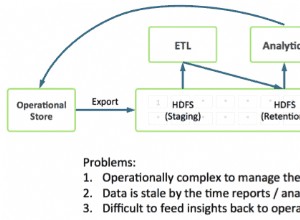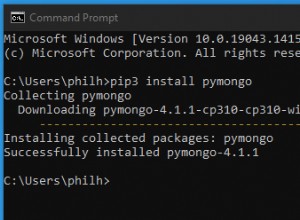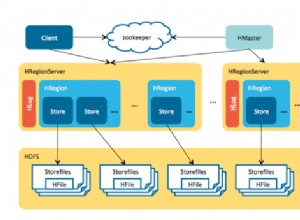Demo – https://mongoplayground.net/p/t5VYdkrL_nC
db.collection.aggregate([
{
$match: { // filter the document so uniwnd and group have only 1 record to deal with
$or: [
{ "types.exampleOne._id": "608a5b290e635ece6828141e" },
{ "types.exampleTwo._id": "608a5b290e635ece6828141e" }
]
}
},
{
$group: {
_id: "$_id",
docs: { $first: { "$concatArrays": [ "$types.exampleOne", "$types.exampleTwo" ] } } // join both array into 1 element
}
},
{ $unwind: "$docs" }, // break into individual documents
{
$match: { // filter the records
"docs._id": "608a5b290e635ece6828141e"
}
},
{ $replaceRoot: { "newRoot": "$docs" } } // set it to root
])




